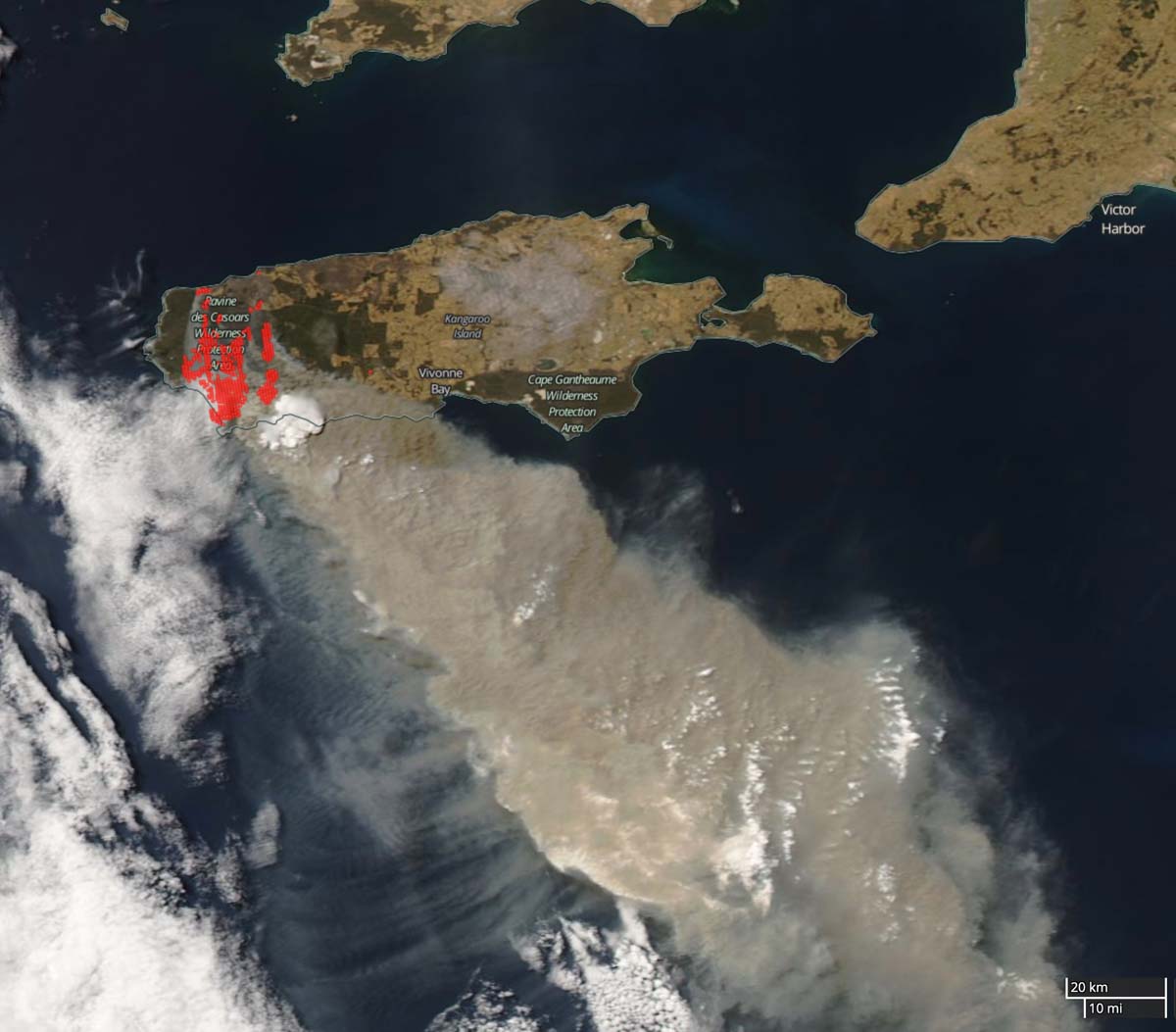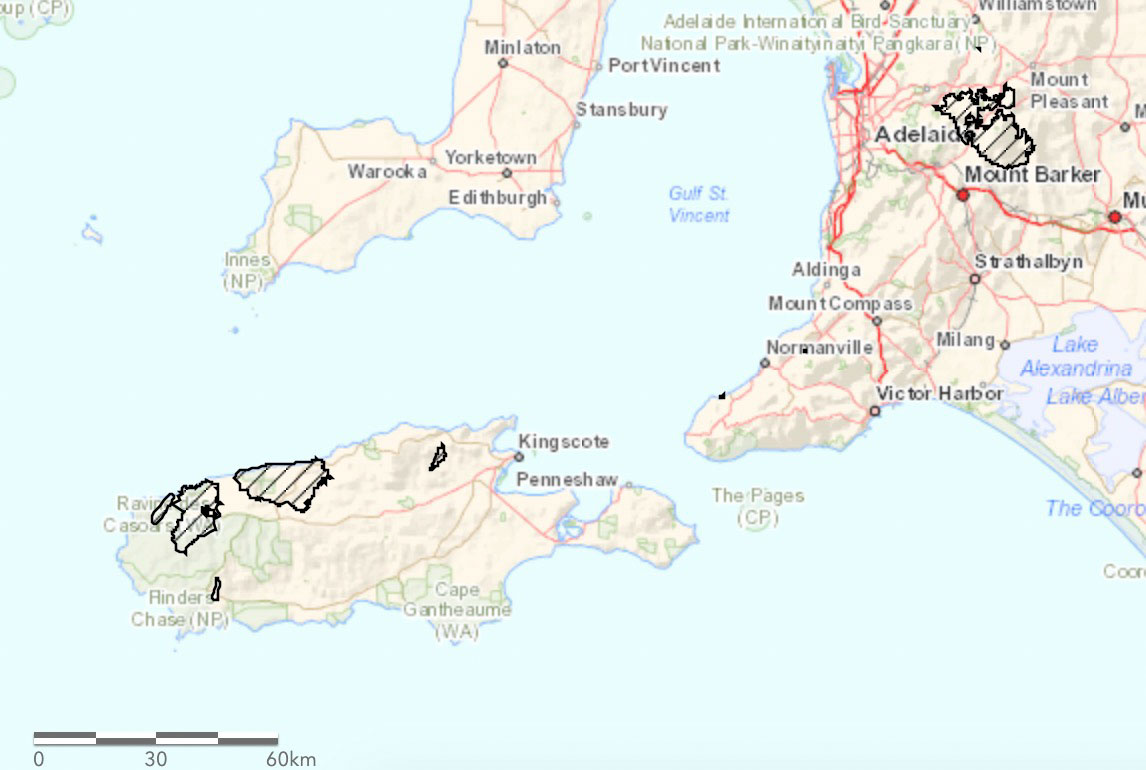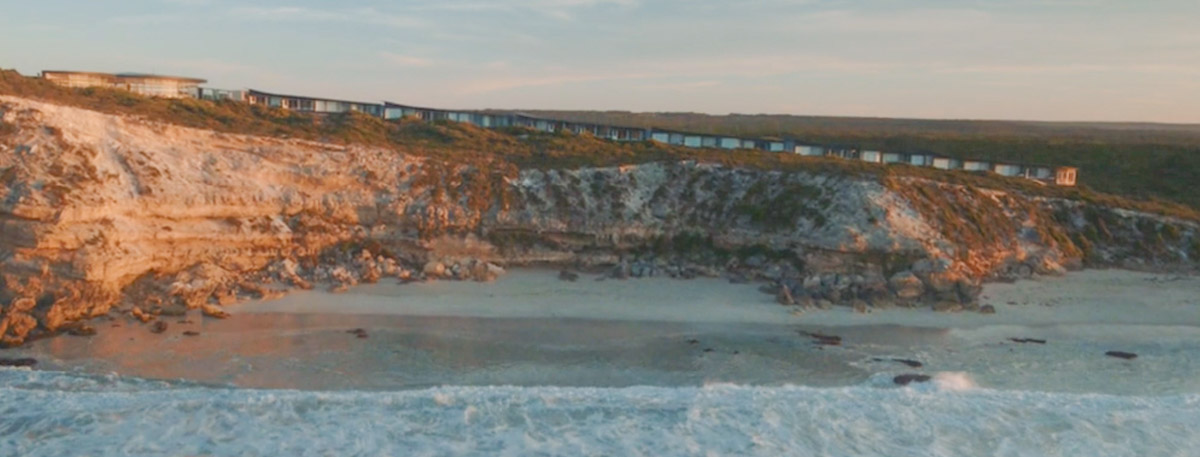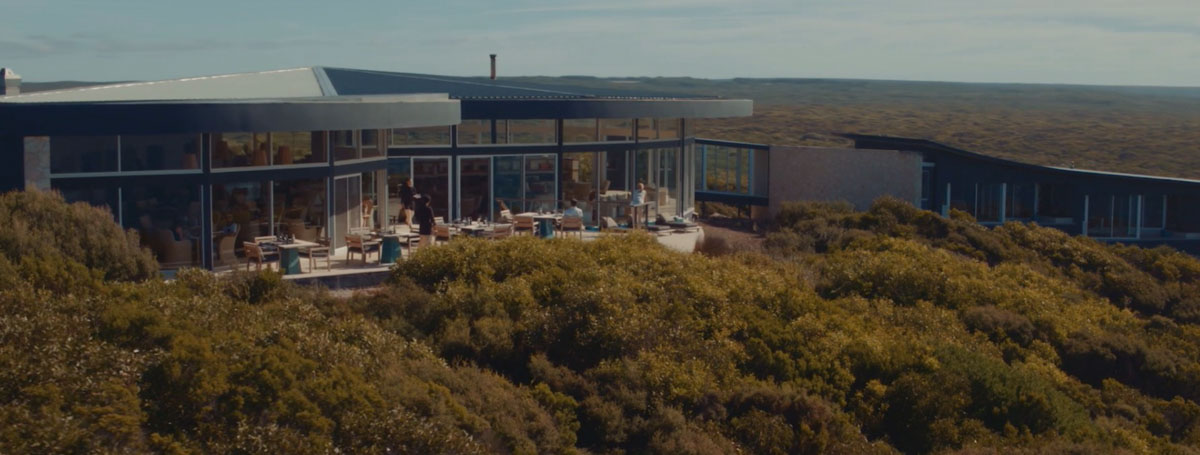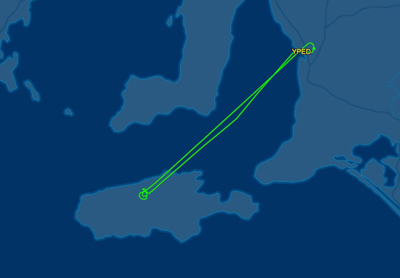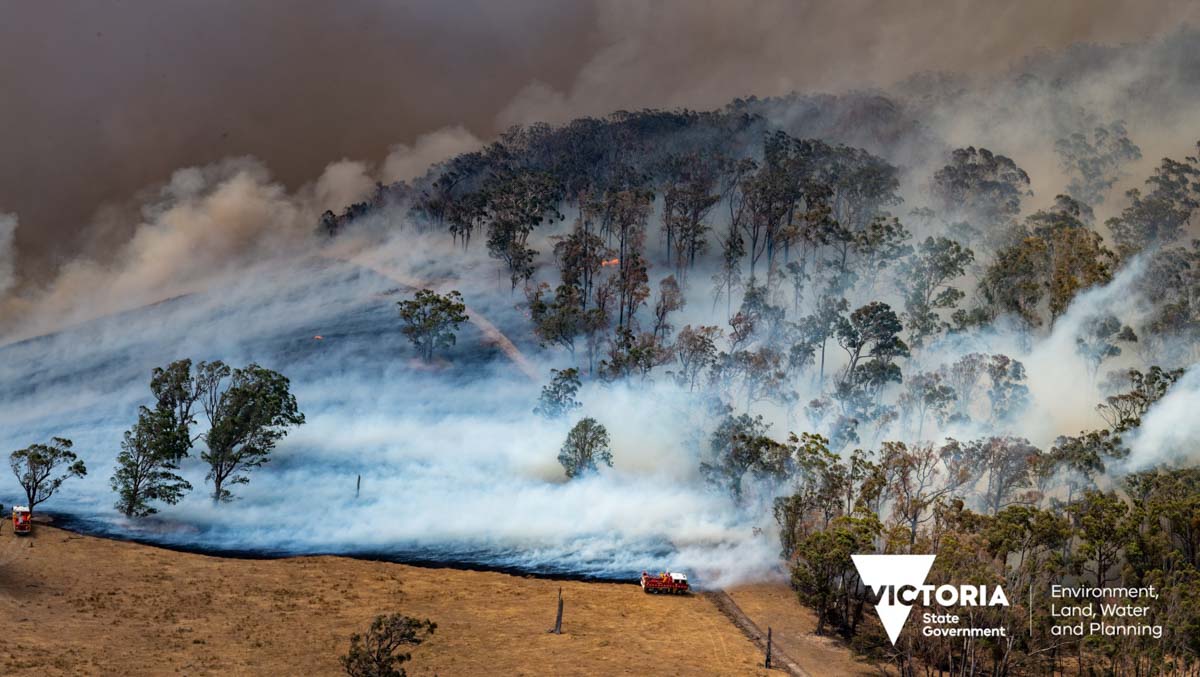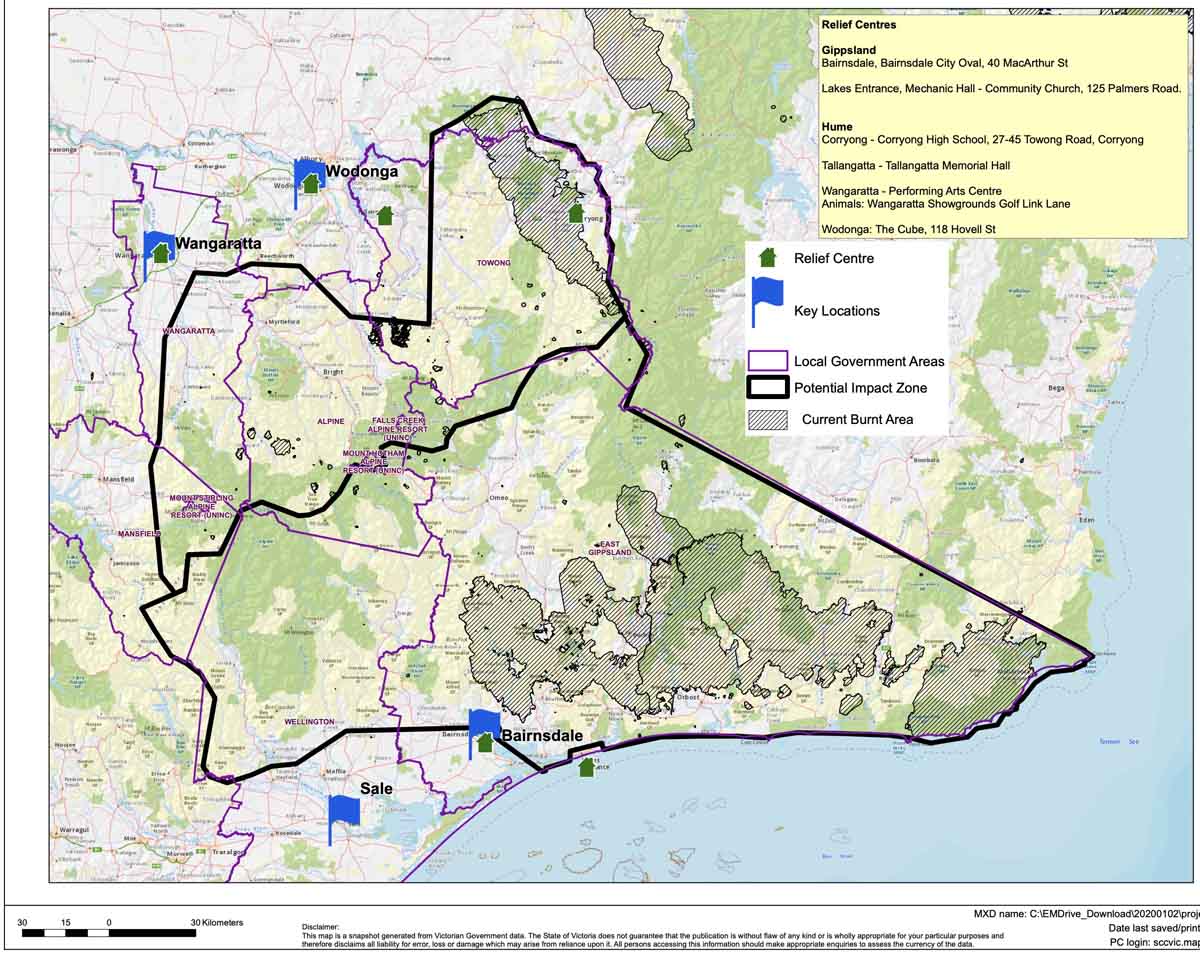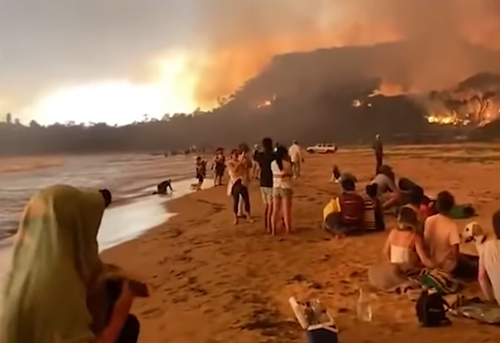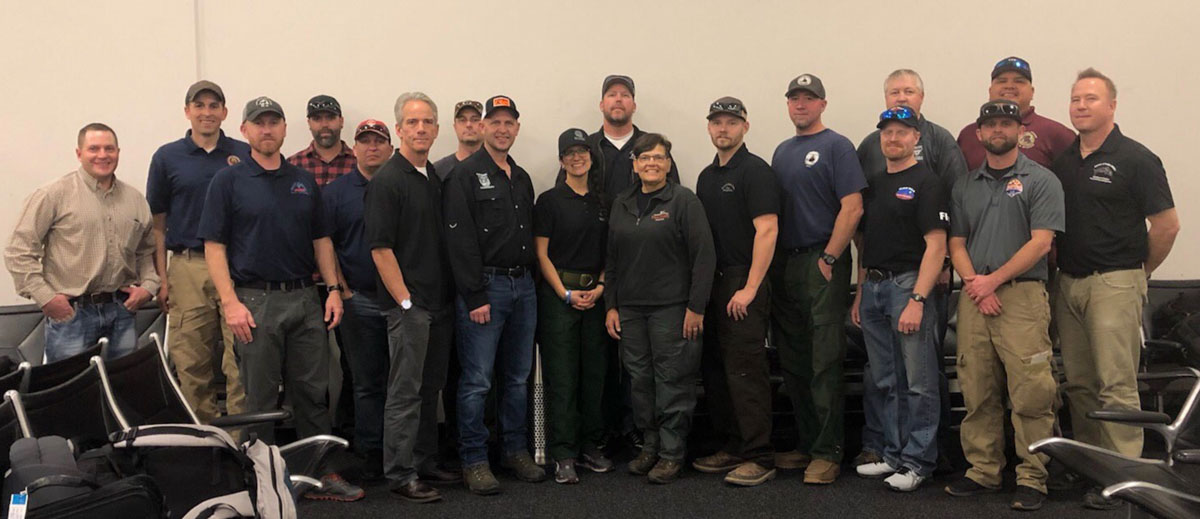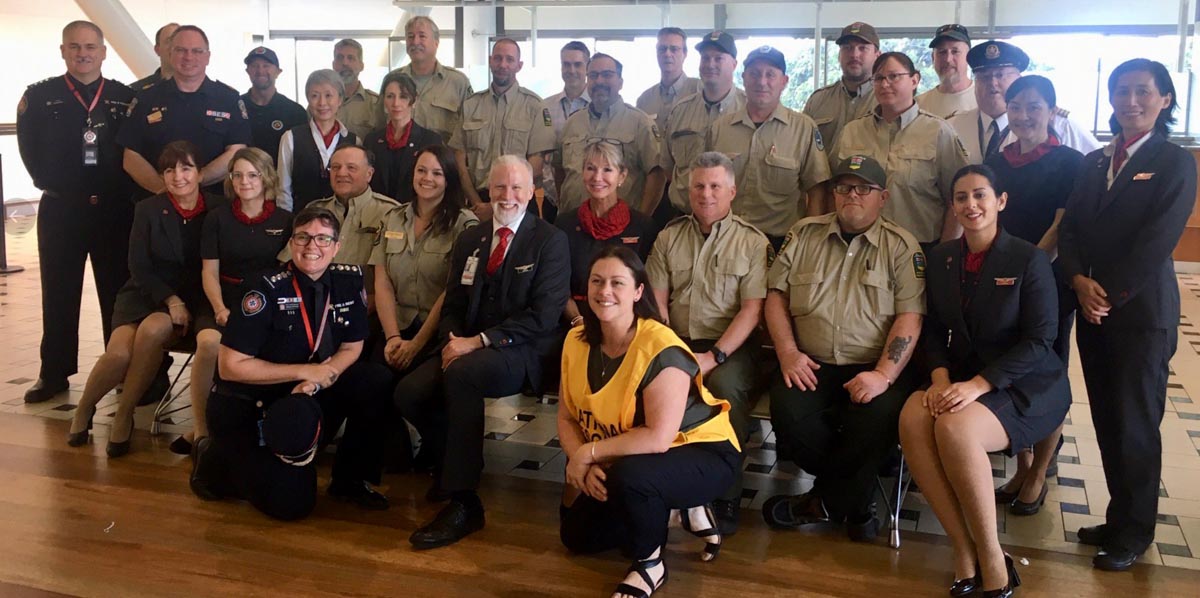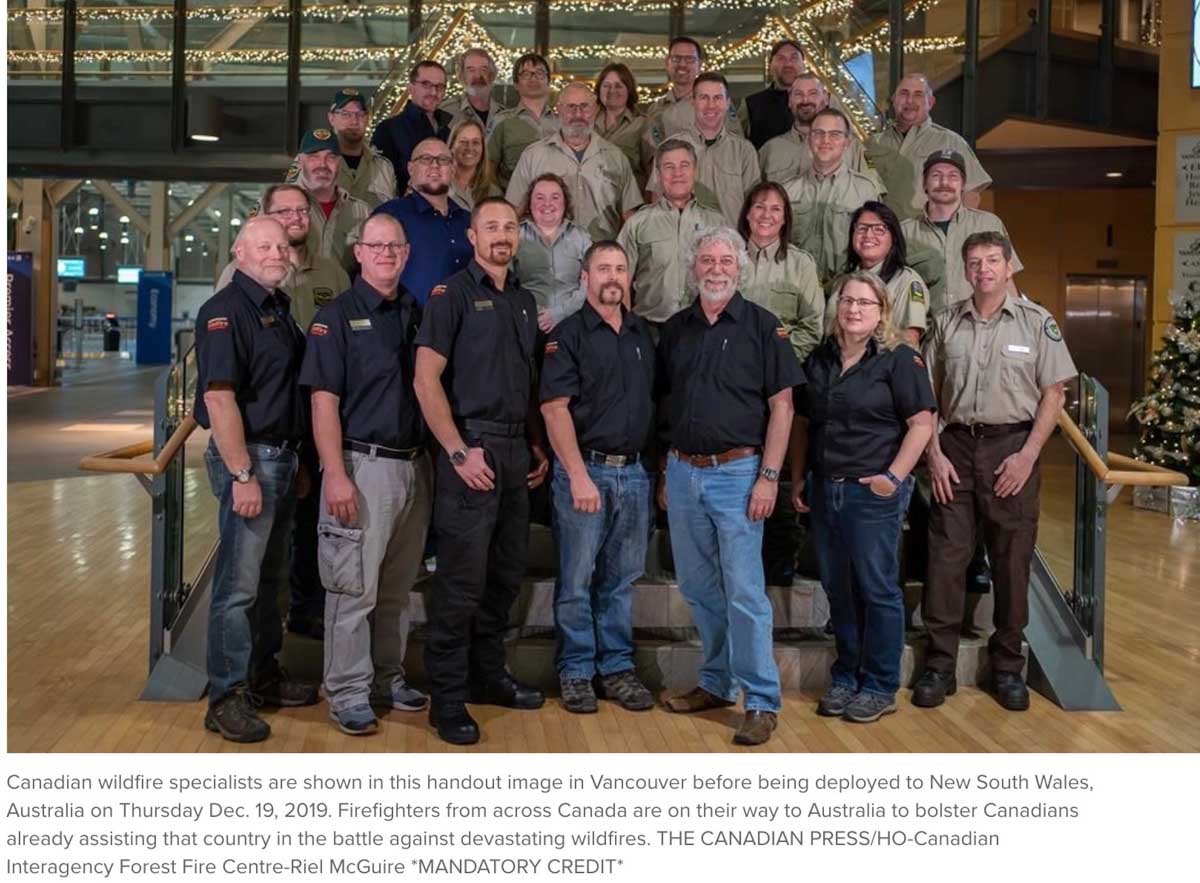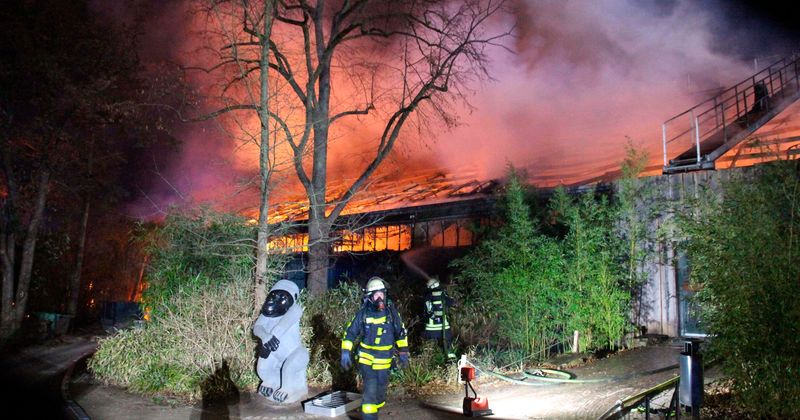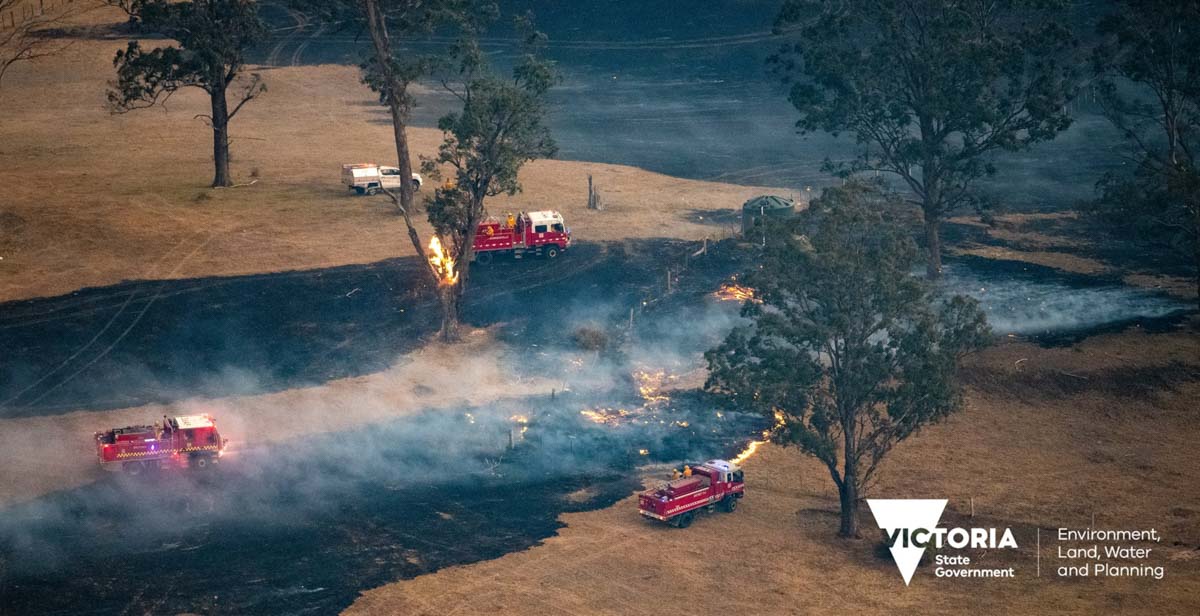
The United States is sending additional U.S. Department of the Interior (DOI) and U.S. Forest Service (USFS) personnel to assist with wildfire suppression efforts in Australia.
Based on requests from the Australian Fire and Emergency Service Authorities Council, the U.S. has intermittently deployed more than 74 wildland USFS and DOI fire personnel throughout December with another 21 USFS and DOI personnel planning to depart for Australia on January 4.
The Council has also requested a fifth group of personnel and the DOI and USFS are currently working on the logistics to send those individuals as soon as possible. It is expected that approximately 55 to 60 firefighters will depart around January 6; some will be hand crew members and others will fill specific overhead positions. About 20 of those will be from the Angeles National Forest in Southern California. This would bring the total number of fire personnel deployed from the United States up to about 155.
The U.S. firefighters are filling critical wildfire and aviation management roles in New South Wales and Victoria. Before this planned fifth wave, all of the firefighters from the U.S. have been ordered to fill overhead positions, not on-the-ground fire crew members. So far no equipment, such as fire engines, has been requested.
In the United States the protocol is for requests for international firefighting assistance to be first filled by federal agencies. According to the California Department of Forestry and Fire protection, if the federal agencies can’t fill the requests, state agencies will be next in line.
Canada is also sending fire personnel to Australia. A fifth group is scheduled to depart for Victoria January 6, thus bringing the total number of Canadian personnel to 95. These latest deployments will then replace the first group of 21 that left for Australia December 3.
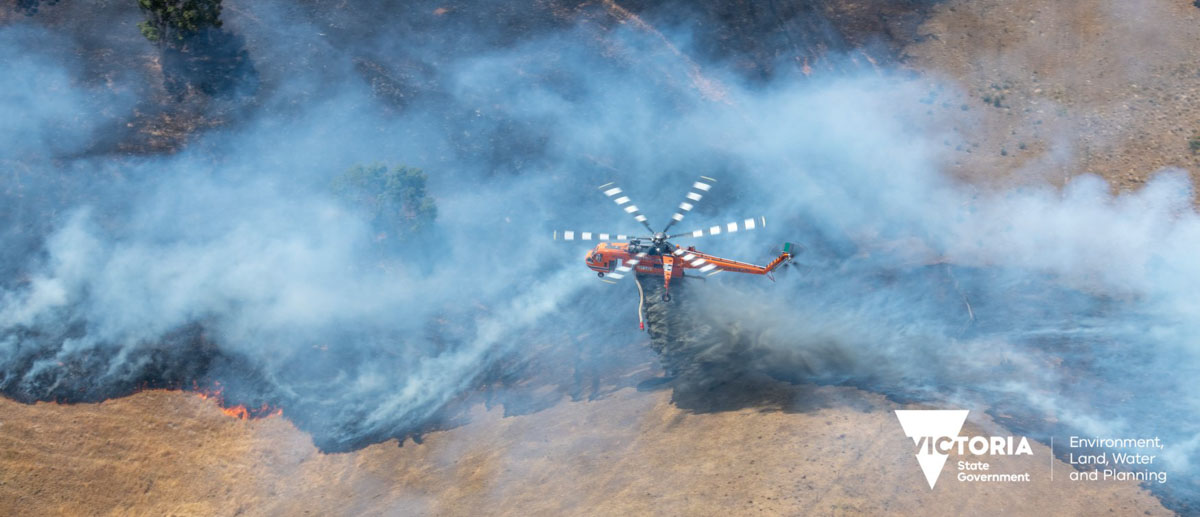
Six large privately owned fixed wing air tankers from North America are under contract to assist firefighters in Australia during their 2019-2020 bushfire season.
“As the extreme fire danger continues across Australia, the U.S. Department of the Interior will continue to do all that we can to support requests for assistance,” said Department of the Interior’s Office of Wildland Fire Deputy Director Craig Leff. “Our focus remains on helping the people of Australia and keeping people safe in these unprecedented conditions.”
The U.S., Australia, and New Zealand have been exchanging fire assistance for more than 15 years. Before the current fire season in Australia the most recent exchange occurred in August of 2018, when 138 Australian and New Zealand wildfire management personnel were sent to the U.S. for almost 30 days to assist with wildfire suppression efforts in Washington, Oregon, and California. The Australian and New Zealand personnel filled critical needs during the peak of the western fire season for mid-level fireline management, heavy equipment, helicopter operations, and structure protection. The last time the U.S sent firefighters to Australia was in 2010.
Another international team assigned to Australia. #NSWfires #AustraliaFires #USwithAUS pic.twitter.com/dGxiQYO9mS
— National Interagency Fire Center (@NIFCfire) January 3, 2020
Below is the breakdown of what has been deployed as of January 3, 2020. The information is from National Interagency Fire Center spokeswoman Kari Cobb:
Group 1: Departed 12/7 (21 total)
- 4 Bureau of Land Management (BLM)
- 13 Forest Service (USFS)
- 2 National Park Service (NPS)
- 1 Bureau of Indian Affairs (BIA)1 Fish and Wildlife Service (FWS)
Group 2: Departed 12/19 (9 total)
- 1 BLM
- 4 USFS
- 1 NPS
- 2 BIA
- 1 FWS
Group 3: Departed 12/30 (42 total)
- 9 BLM
- 22 USFS
- 3 NPS
- 4 BIA
- 3 FWS
Group 4: Departing January 4 (20 total)
- 5 BLM
- 11 USFS
- 3 NPS
- 1 FWS
Group 5: Departing January 6 (approximately 55-60 total)
(List not finalized)
Single resources that did not go with the groups, but flew separately. (8 total)
- 5 BLM
- 2 USFS
- 1 NPS

